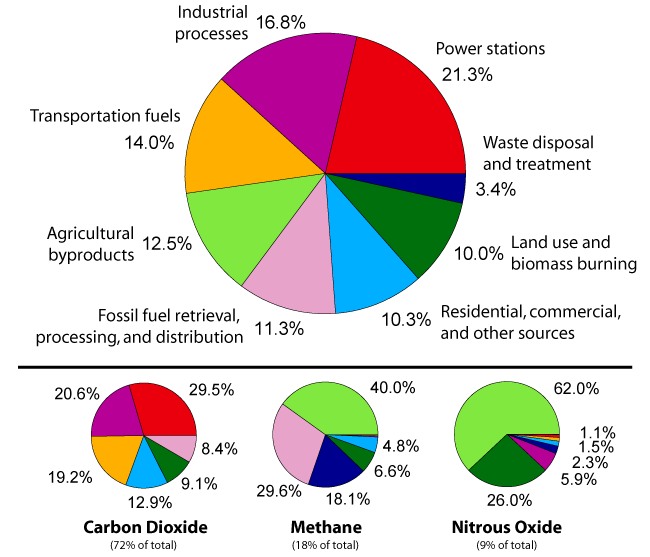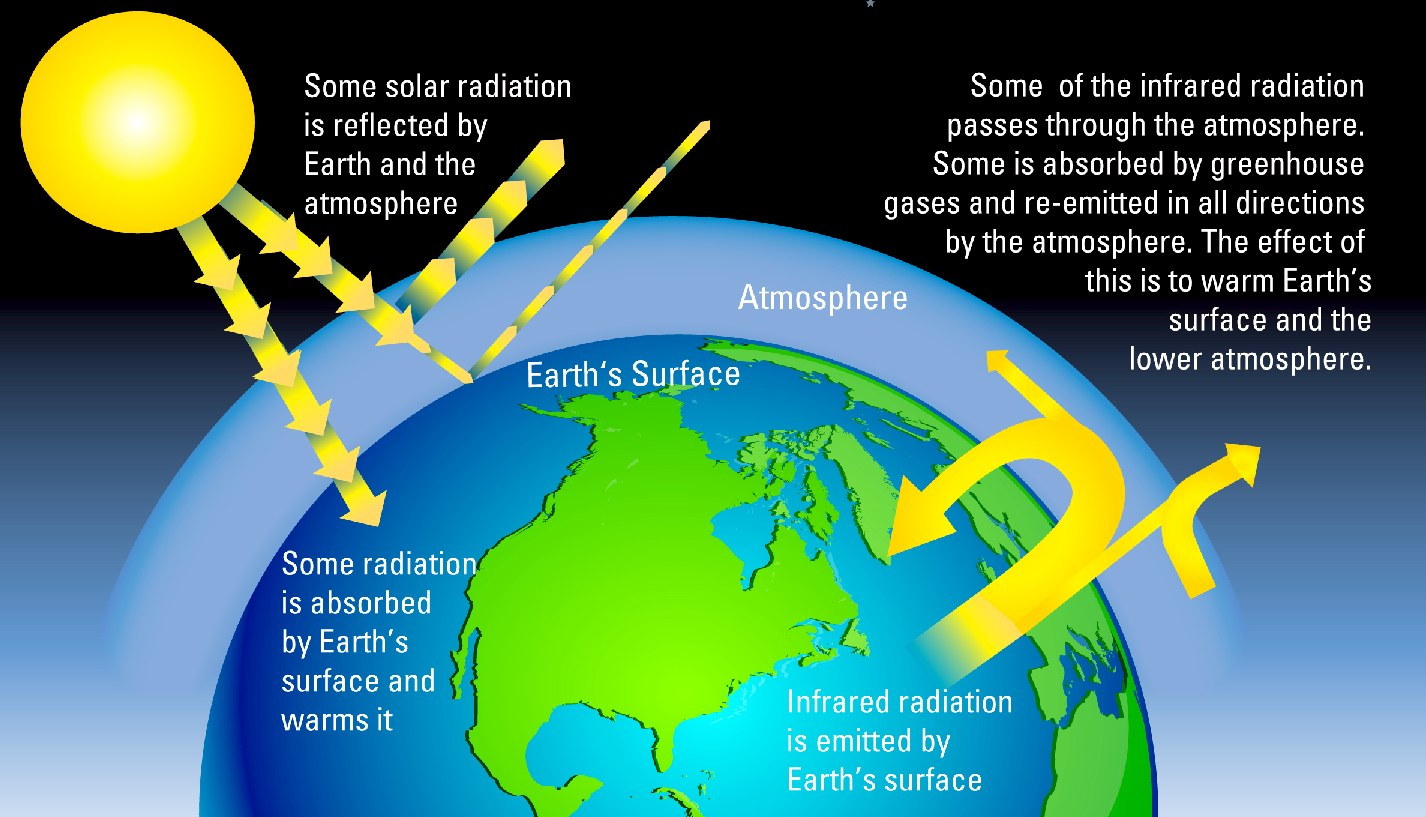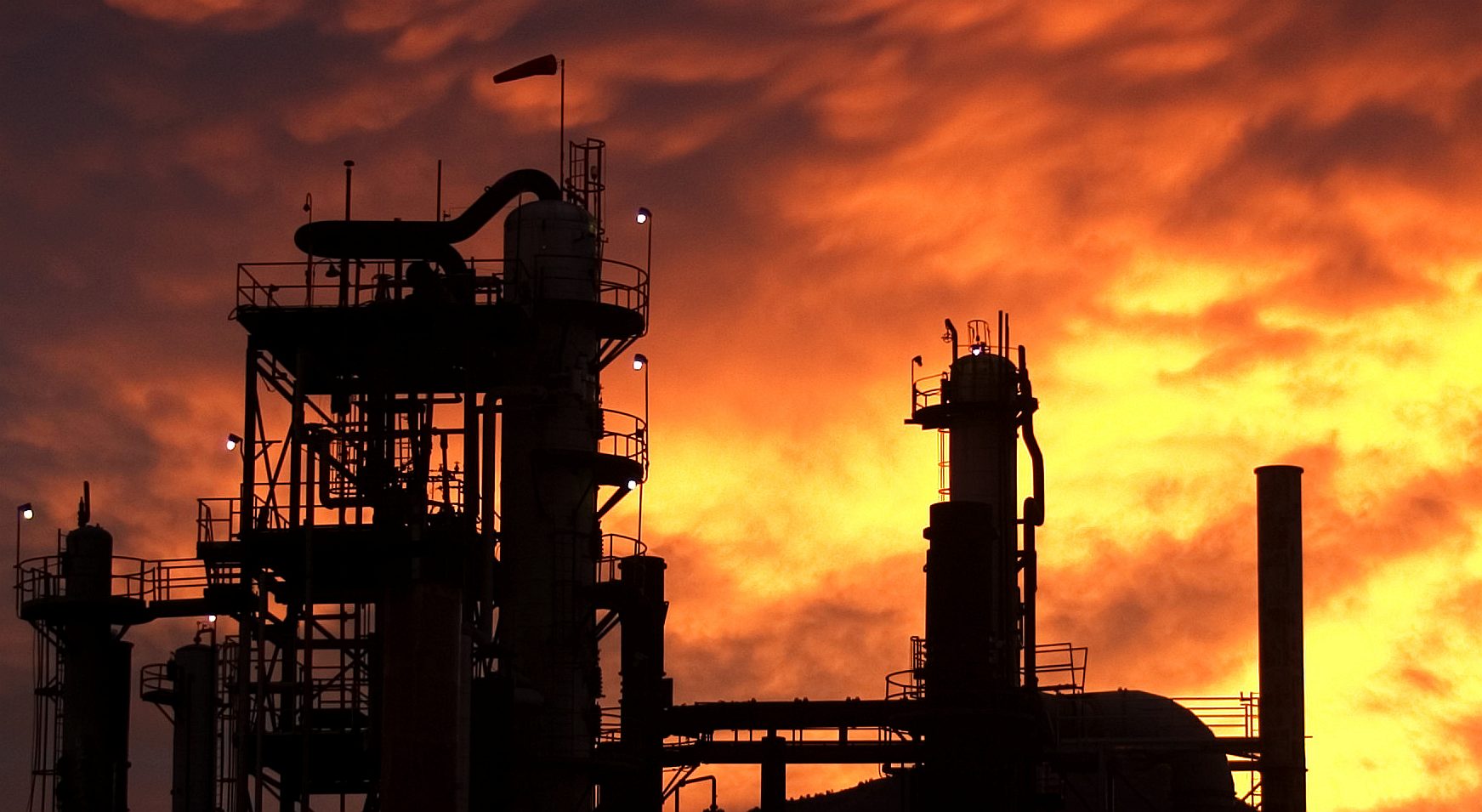|
FOSSIL FUELS & GREENHOUSE GASES
Please use our A-Z INDEX to navigate this site or return HOME
|
|
INFOGRAPHIC -
According to work published in 2007, the concentrations of CO2 and methane had increased by 36% and 148% respectively since 1750. These levels are much higher than at any time during the last 800,000 years, the period for which reliable data has been extracted from ice cores. Less direct geological evidence indicates that CO2 values higher than this were last seen about 20 million years ago.
Combustion of fossil fuels generates sulfuric, carbonic, and nitric acids, which fall to
Earth as acid rain, impacting both natural areas and the built environment. Monuments and sculptures made from marble and limestone are particularly vulnerable, as the acids dissolve calcium carbonate.
|
|
Calls from the European Parliament to reduce global emissions from shipping and its resolution declaring a climate and environmental emergency in Europe and globally is driven by the Sustainable Development Goals (SDG) of the United Nations Development Programme (UNDP), in particular SDG 9 (Industry, Innovation and Infrastructure), SDG 13 (Climate Action) and SDG 14 (Life Below Water).
The tell-tale signs and impacts of climate change – such as the rise in sea level, ice loss and extreme weather – increased during 2015-2019, which is set to be the warmest five-year period on record according to the World Meteorological Organization (WMO). There is an urgent need to accelerate action.
As well as making seagoing ships and inland vessels zero-emission, the transition towards zero-emission waterborne transport will also require changes to infrastructure, ship design, shipbuilding processes, maritime equipment production, ports, alternative fuel terminals and processing plants, the wider logistics chain and more energy-efficient operations. Measures will also need to be taken in different action areas such as digitalisation (e.g. to allow better energy monitoring and to increase energy efficiency) and the education and training of the current and future workforce in order to ensure that the implementation of new technologies and concepts is properly executed.
To put this ambition and commitment into practice whilst taking into account the timelines set out in various regulations, there is a need to start the transition process now. In order to achieve true net zero-emission waterborne transport, the waterborne transport sector is determined to address all environmental challenges in an integrated manner, whilst prioritizing the impact on climate change, research, development and innovation will address the ambition to eliminate the entire environmental footprint of waterborne transport.
POLICIES
& REGULATIONS
This communication builds upon a clear strategic long-term vision for a prosperous, modern, competitive and climate neutral economy (A Clean Planet for All), as communicated in November 2018. This strategy confirms Europe’s commitment to lead in global climate action and to present a vision that can lead to achieving net-zero GHG by 2050 through a socially fair transition carried out in a cost-efficient manner. It defines pathways for the transition to a net-zero GHG economy and strategic priorities.
When the strategy will be reviewed in 2023, the level of ambition is expected to be considerably increased, not at least in light of recent scientific reports like the IPPC “Global warming of 1,5°C” report . In October 2016, the IMO MEPC also adopted the decision to reduce the sulphur content of marine fuels down to 0.50% as of 1 January 2020 in order to address the negative effects of related air pollution on health and the environment.
Industrial commitment and competitiveness Turning to industry, in January 2019 the Waterborne Technology Platform launched its vision regarding zero-emission waterborne transport in 205031, whilst – in addition – an emerging number of maritime and inland ship-owners have set net-zero CO2 emissions in 2050 or earlier as their target.
In
2018, more than 130 million tons of CO2 were emitted from seagoing ships
above 5,000 gross tonnage visiting European ports, which represented
over 13% of total EU transport emissions. Globally, shipping annually
emits around 940 million tons of CO2, which accounts for 2-3% of total
GHG emissions. Over two-third of the GHG emissions from ships sailing to
or from European ports originates from container ships, tankers, bulk
carriers and passenger vessels. To put this in perspective, if shipping
was a country it would be the 6th biggest GHG emitter in the world. If
no action is taken, these emissions are expected to increase by between
20% and 120% by 205051 (or by between 50% to 250% according to the third
IMO greenhouse gas study.
CARBON
DIOXIDE EMISSIONS
SOX,
PM & NOX EMISSIONS
Inland
waterway transport plays an important role in the transport of goods in
Europe. More than 37,000 kilometres of waterways connect hundreds of
cities and industrial regions. The potential for increasing the modal
share of inland waterway transport is significant. Inland waterway
transport, however, should act urgently to increase its sustainable
advantage. Passing through the centre of towns and cities, an inland
waterway vessel will produce approximately 11,000 kg of NOx per year,
whilst a modern diesel
car within the same area may produce less than 1kg of NOx per year.
Other transport modes are becoming cleaner and inland waterway transport
faces the risk of falling behind. Studies have analysed average
emissions of IWT vessels on tonne-kilometres (as in the PROMINENT
project).
|
|
Horizon Europe is the EU's next research and innovation programme starting in 2021, with the Green Deal.
HORIZON-CL5-2021-D5-01-07
Enabling the safe and efficient on-board storage and integration within ships of large quantities of ammonia and hydrogen fuels (ZEWT
Partnership) IA to TRL 6-7 Budget € 20m Around €10m
x 2 projects
|
|
RACE TO DEVELOP ZERO EMISSION MARINE TRANSPORT: The Elizabeth Swann is a Zero Emission Waterborne Transport or ZEWT. She is solar and wind powered with gigantic hydrogen (or ammonia) storage tanks. If all ships were like this, COP26 would be a breeze.
|
|
LINKS & REFERENCE
https://
|
|
Please use our A-Z INDEX to navigate this site or return HOME
This website is Copyright © 2021 Jameson Hunter Ltd
|




